Antique Russian icons with silver revetment covers are a stunning representation of the intersection between Russian Orthodox Christianity and the artistic traditions of Russia. These icons are unique in that they are beautiful pieces of religious art and valuable historical artifacts that offer a glimpse into Russia's cultural and artistic development over the centuries.
Icons are an essential part of Russian Orthodox worship and are often painted on wood, depicting religious figures and events. However, antique Russian icons with silver revetment covers take this art form to the next level. These icons are embellished with intricately crafted silver covers, known as oklads or revetments, that protect and adorn the painted image. The oklads are often made of silver but can also be made from other precious metals or materials, such as gold, copper, enamel, or even pearls. These covers are usually embossed with religious scenes or designs that reflect the icon's subject matter, such as depictions of saints or biblical stories.
The creation of these beautiful revetments was a highly specialized art form that required the expertise of skilled craftsmen. The process typically involved casting the metal into the desired shape, engraving the design, and fitting the cover onto the icon. Often, the process of creating a revetment was just as intricate and detailed as the painting of the icon itself.
Antique Russian icons with silver revetment covers are highly sought after by collectors, as they offer not only an impressive display of craftsmanship but also a glimpse into the rich cultural history of Russia.
Antique Russian icons with silver revetment covers are remarkable examples of religious art and craftsmanship. They are not only beautiful to behold but also offer a unique insight into the cultural and artistic traditions of Russia. These icons are valuable historical artifacts that continue to captivate collectors and art enthusiasts worldwide.




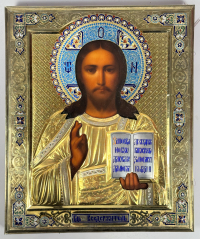


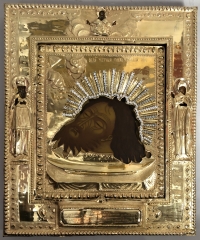
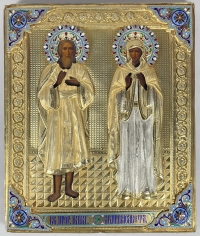
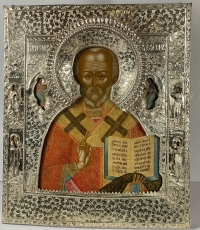
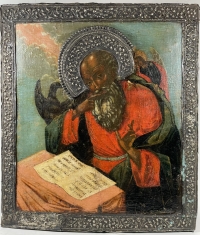
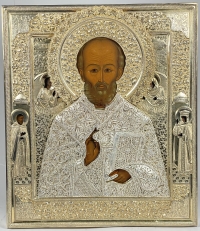
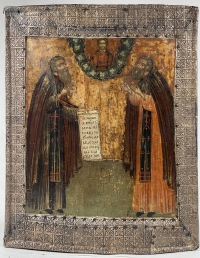
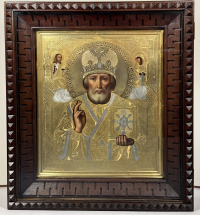
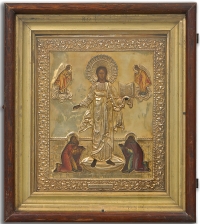
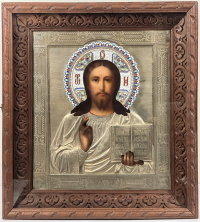
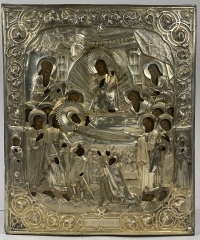
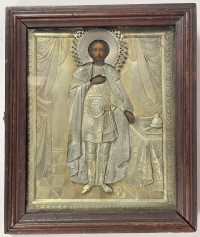
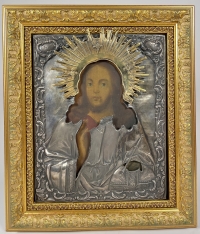
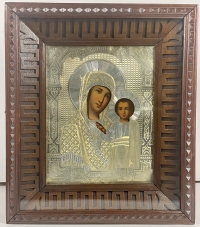
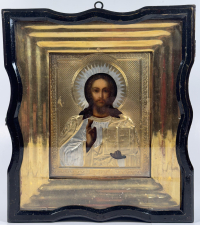
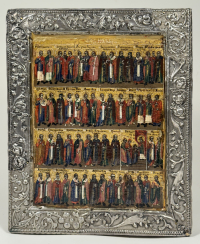
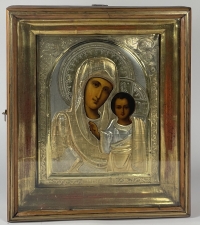
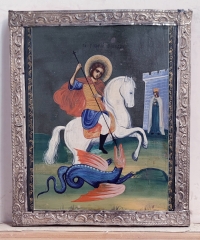
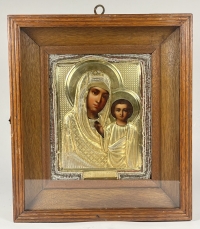
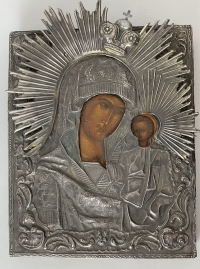
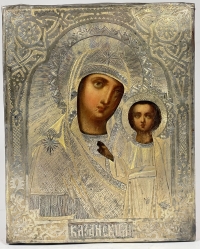
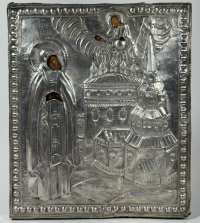
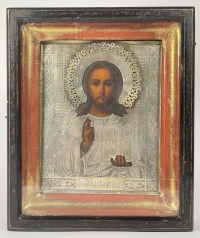
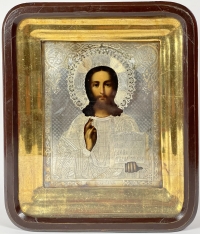
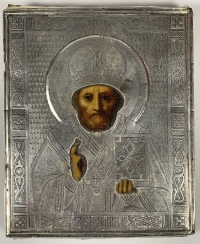
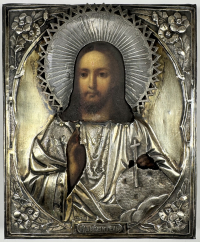
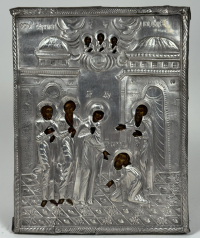
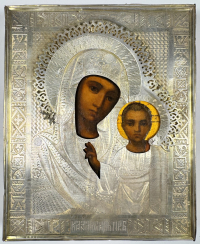
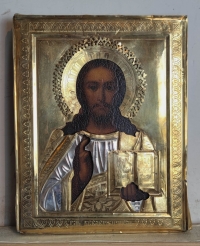
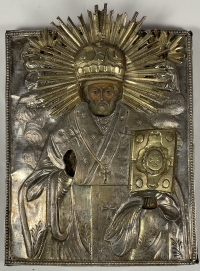
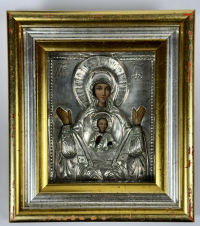
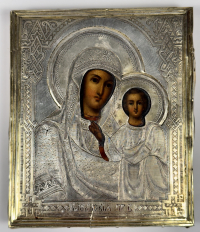
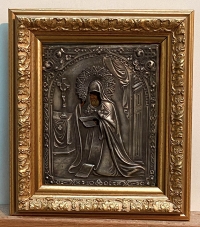
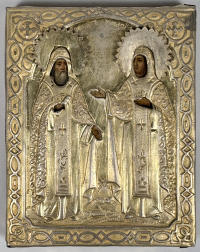
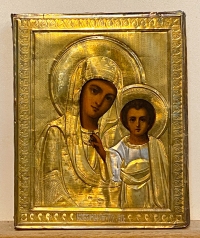
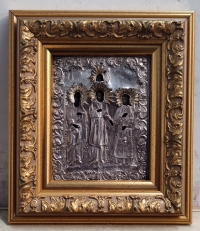
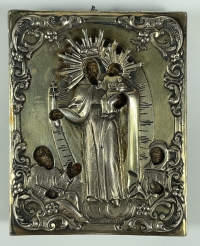
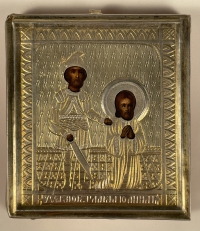


 Поменять язык на русский
Поменять язык на русский 